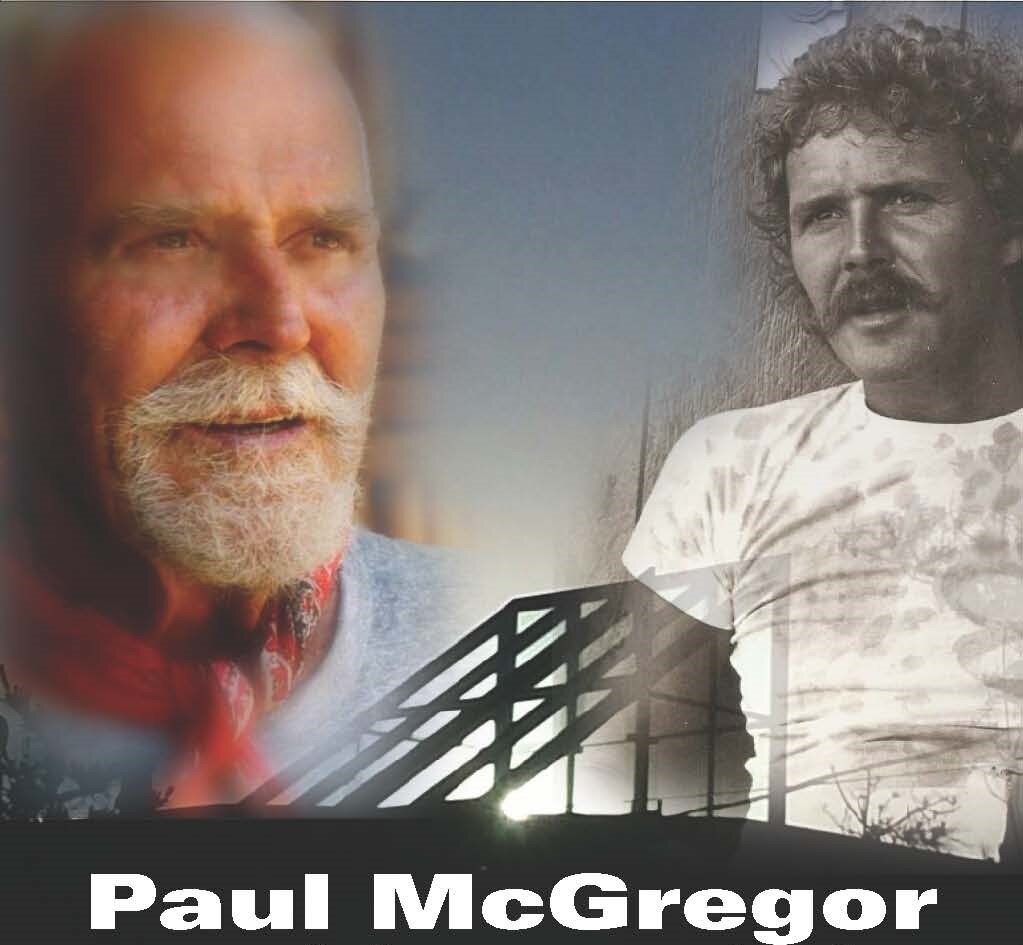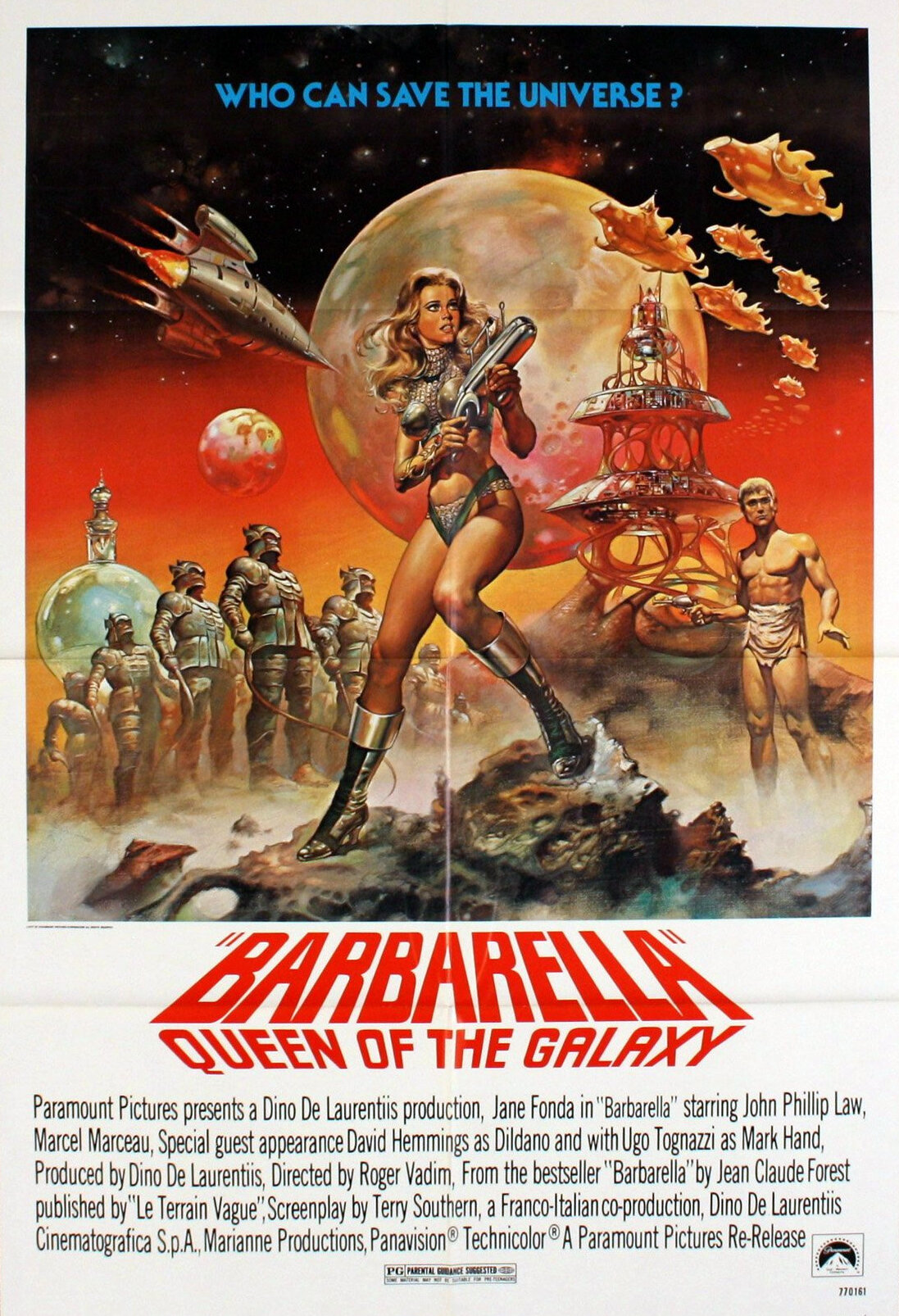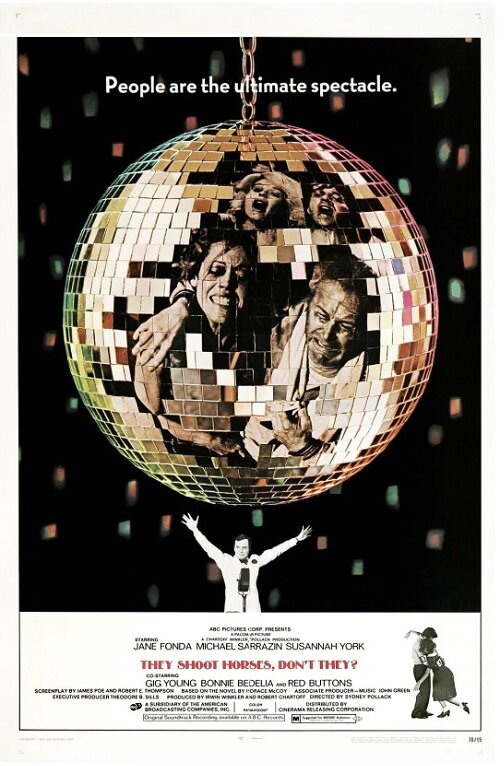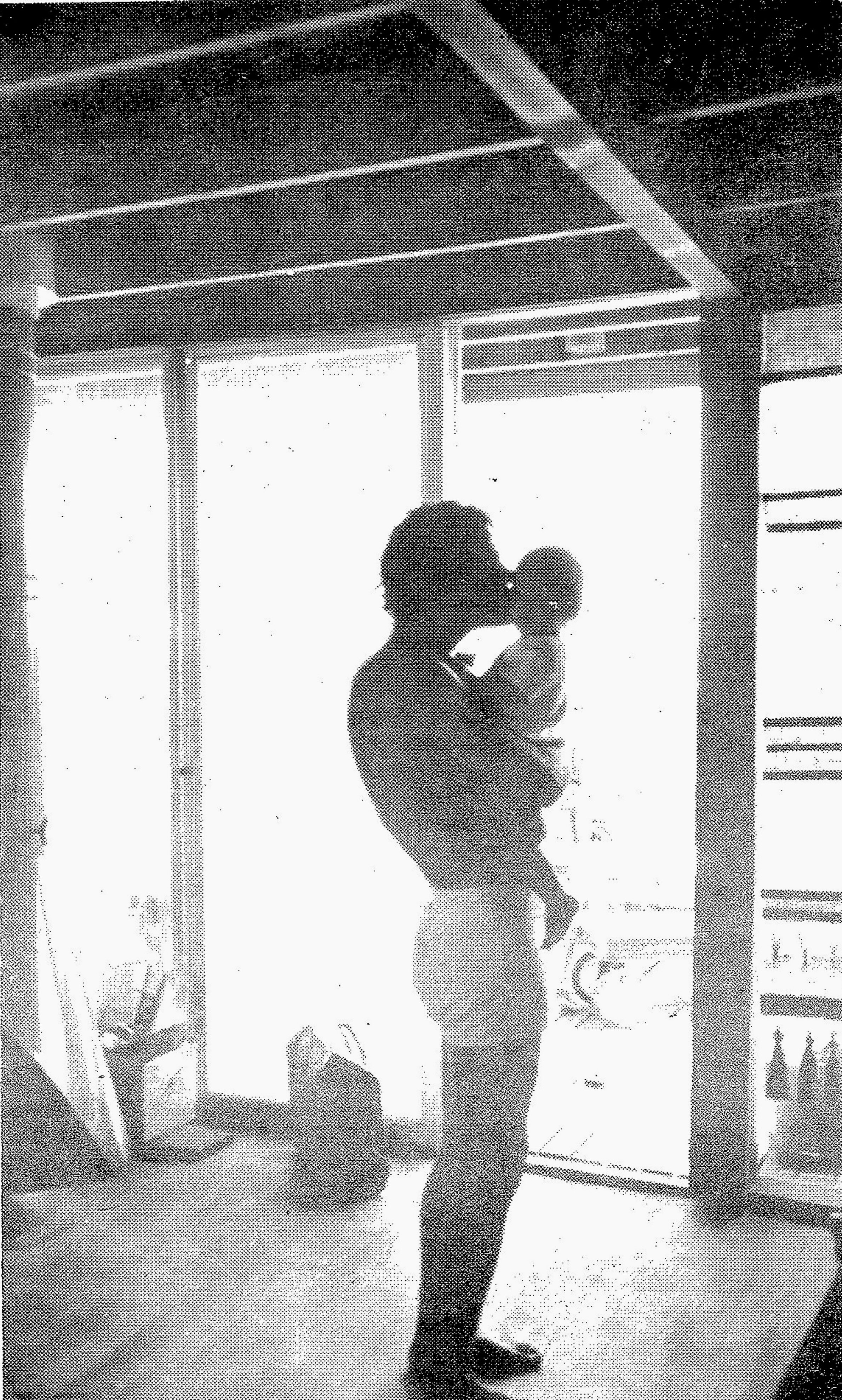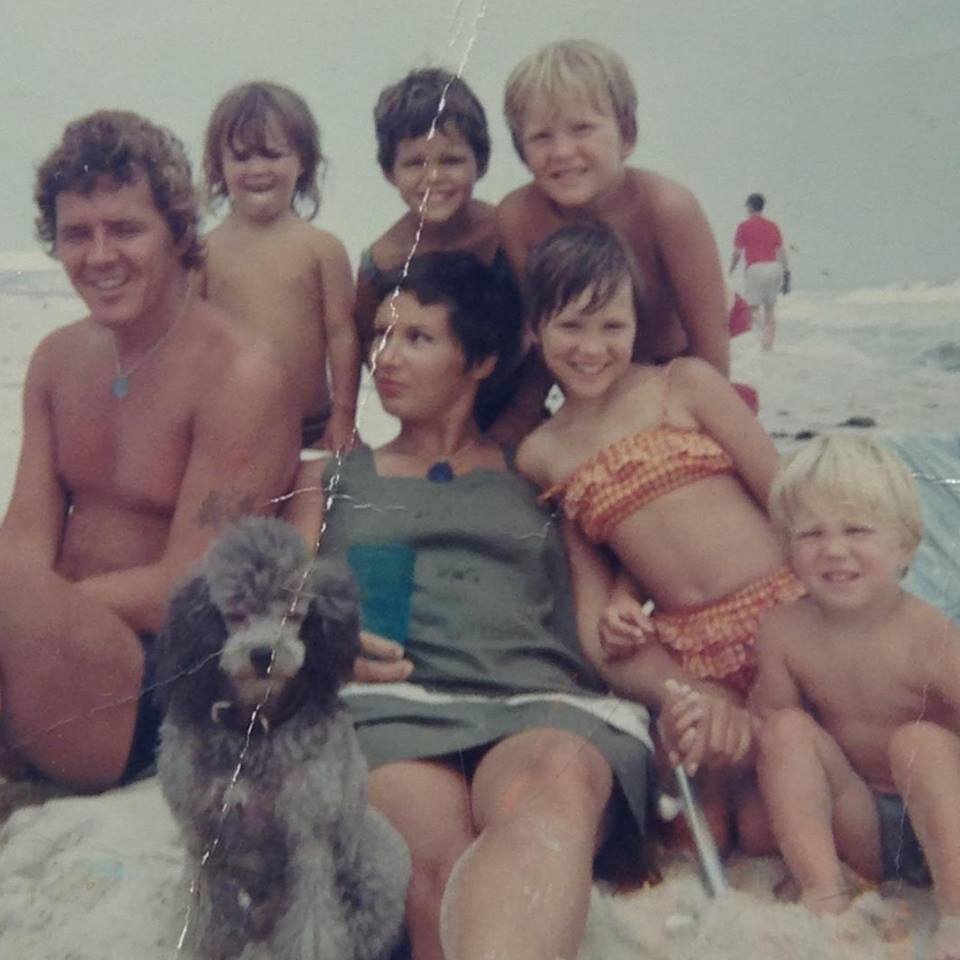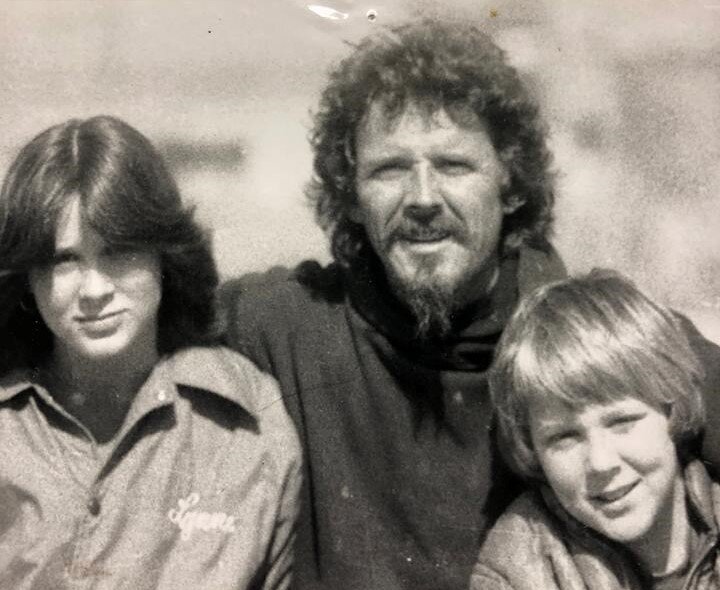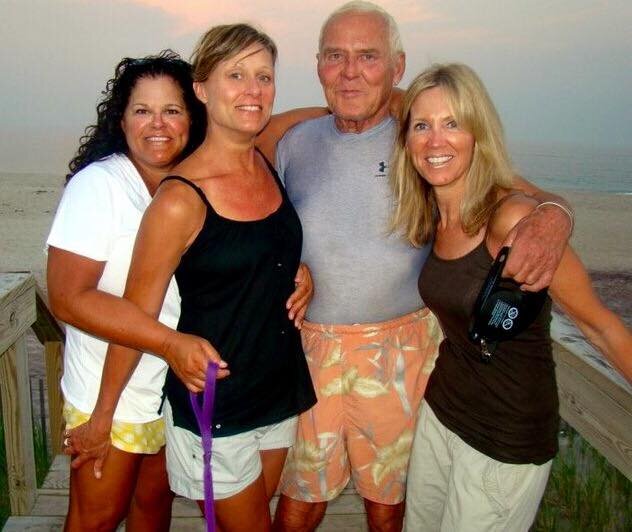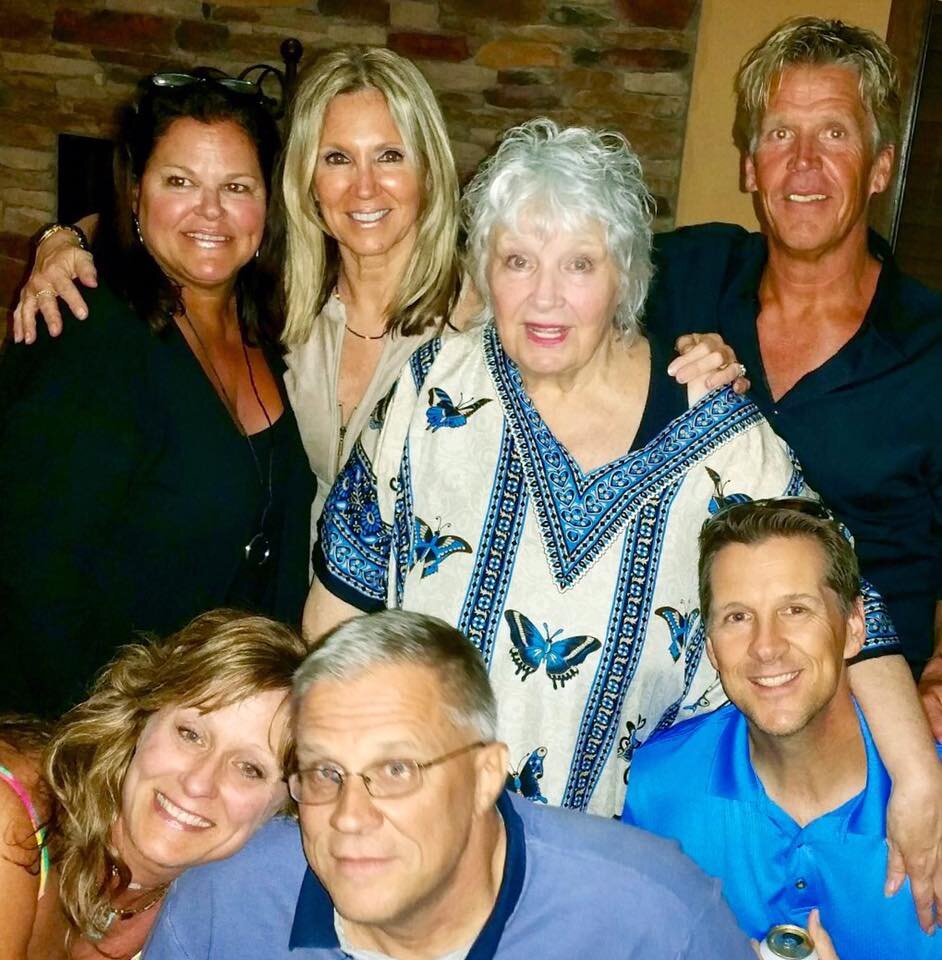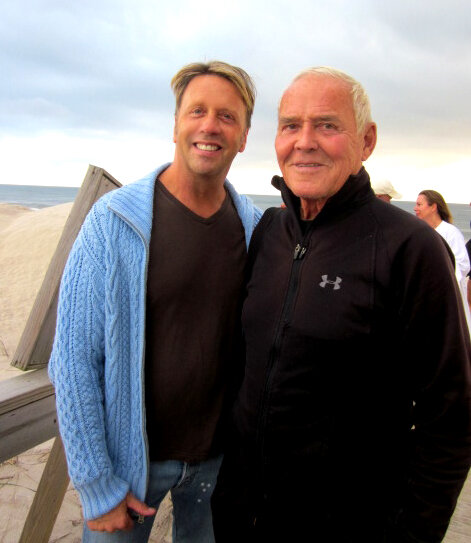Pines People- Paul McGregor
Paul McGregor 1935-2013
On a random drive with his wife Karol Paul McGregor discovered the Pines in 1961. He brought his creativity and spirit making his mark in Pines history.
After being a longshoreman, sandhog, truck driver, Paul came to St Marks Place in 1965. “ I could just feel this block” he said. “It was sensational. It was where people came for ideas.” His idea was to open Paul McGregors Haircutter at 15th St. St. Marks Place, and within a few years he was about the hottest haircutter around.
He invented the famous shag haircut which he gave to actress Jane Fonda for the movie “Klute.” She nearly fainted when she saw it. Then adored it.
For Fonda, walking into the salon the day her shag was born was a lashing out. She was married to director Roger Vadim, who had directed her in the campy outer space orgy Barbarella, and was doing a swell job of sucking the very identity out of her through his hedonistic lifestyle.
Jane Fonda recalls:
“I had just finished filming “They Shoot Horses, Don’t They” in New York when I made my way to Vadim’s hair stylist in the village, Paul McGregor” she writes in her autobiography. “There I had my first deep hair epiphany. Hair had ruled me for many years. Perhaps I used to hide behind it. The men in my life liked it long and blond, and I had been blond for so long that I didn’t even know what my own color actually was. I simply said to Paul McGregor, ‘Do Something’ and he did. It was the haircut that became famous in “Klute”, the shag, and he dyed my hair darker, like it really was. I didn’t look as if I were trying to imitate Vadim’s other wives anymore [he had been married twice before, to blond bombshells Brigitte Bardot and Annette Vadim. I looked like me! I knew right away that I could do life differently with this hair. Vadim sensed immediately that my cutting my hair was the first volley in my move for independance, though he did little more than grumble about it.” Others came: Warren Beatty, Goldie Hawn, Faye Dunaway. When Warren Beatty made the movie “Shampoo” about a hairdresser, many people said it was the story of Paul McGregor…
With actor Donald Sutherland
1970 Mug shot
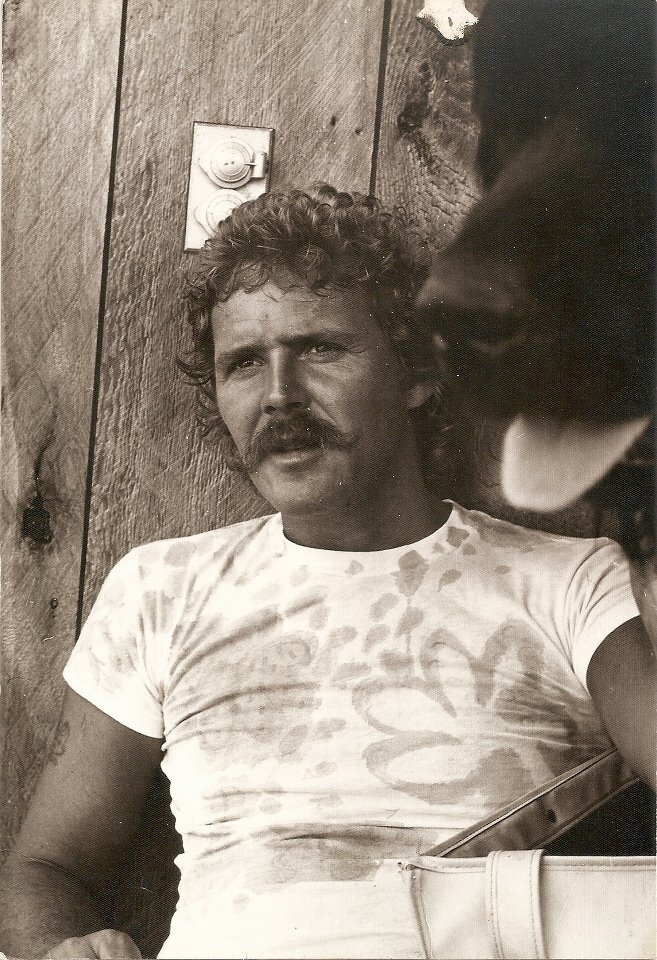
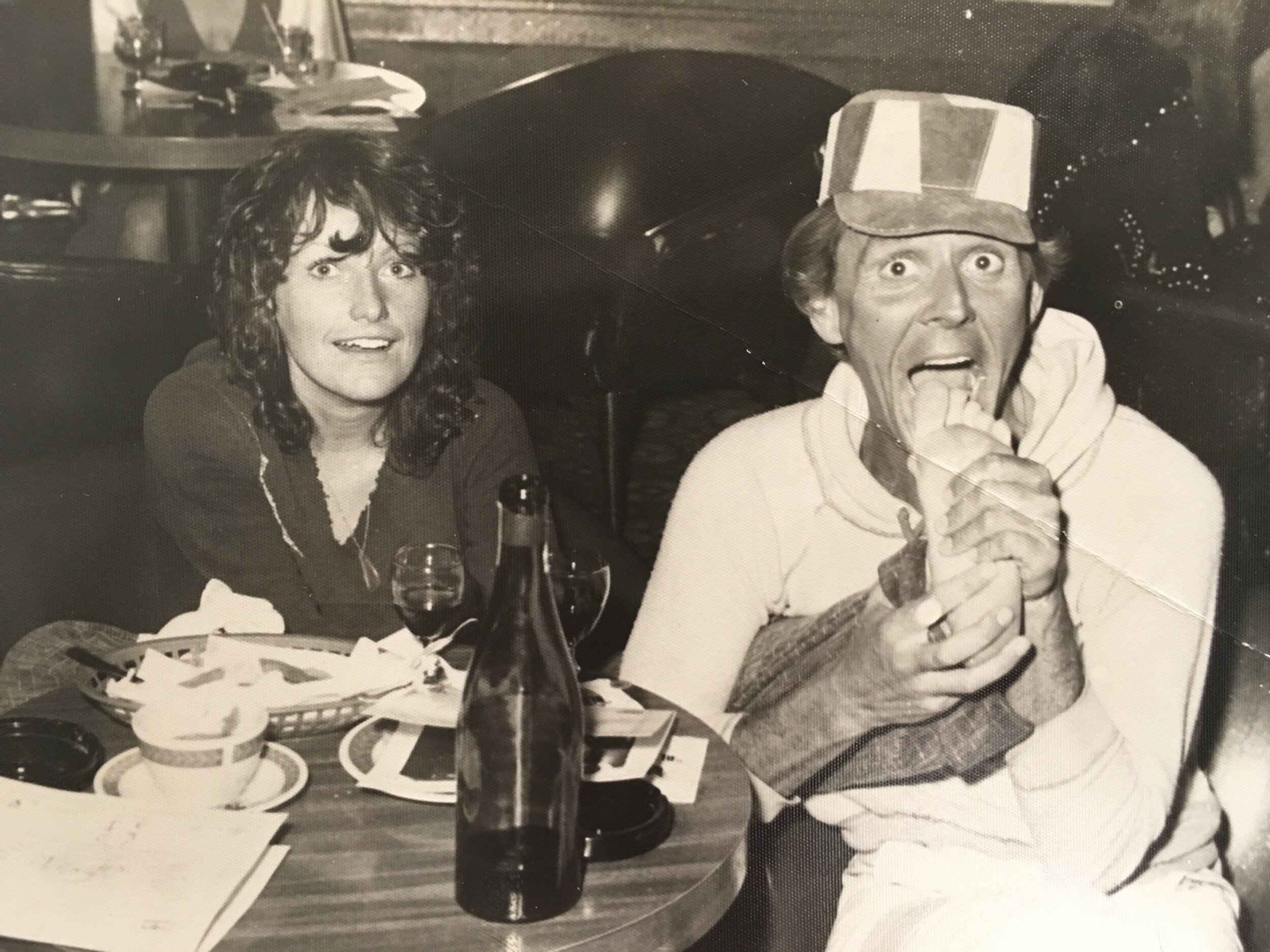
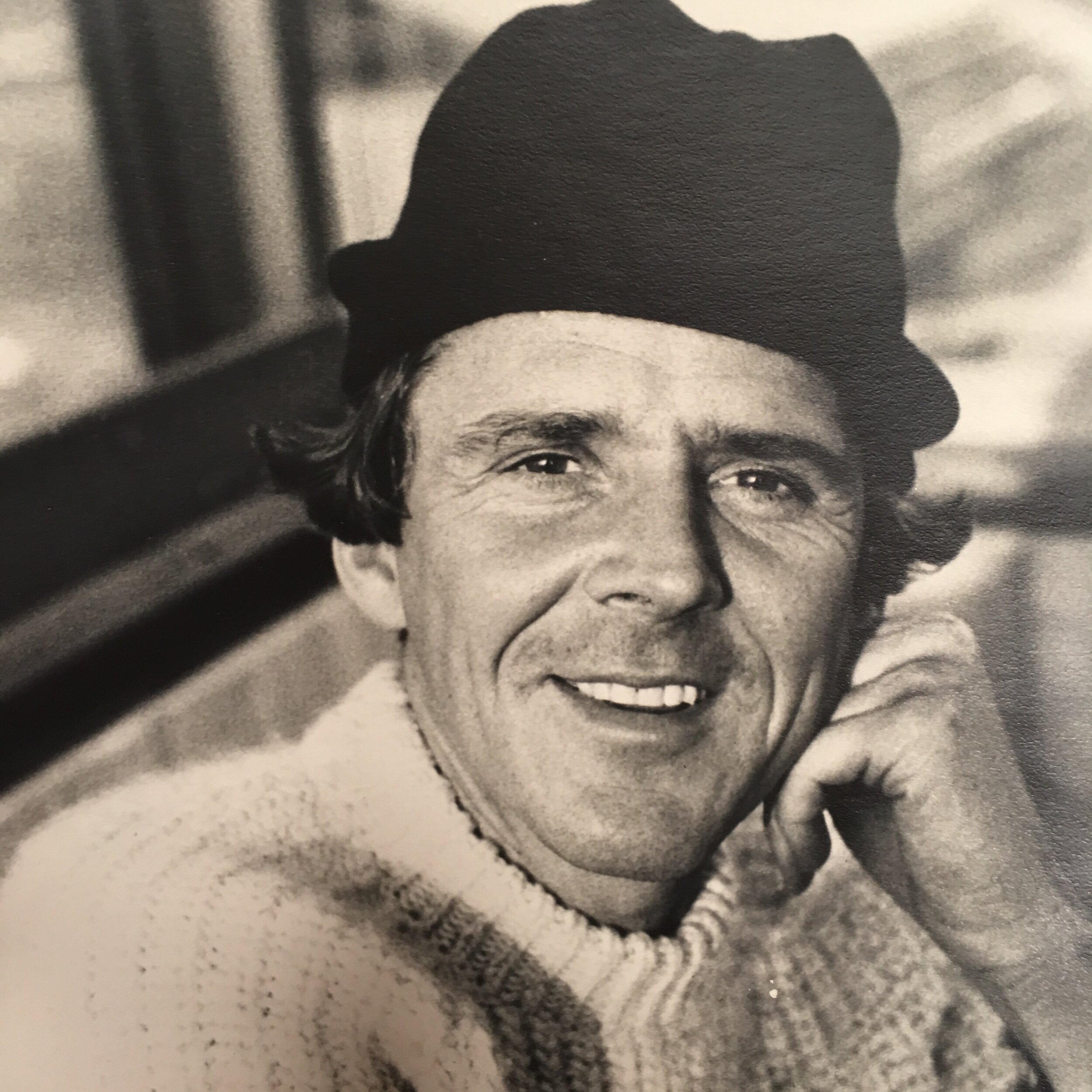
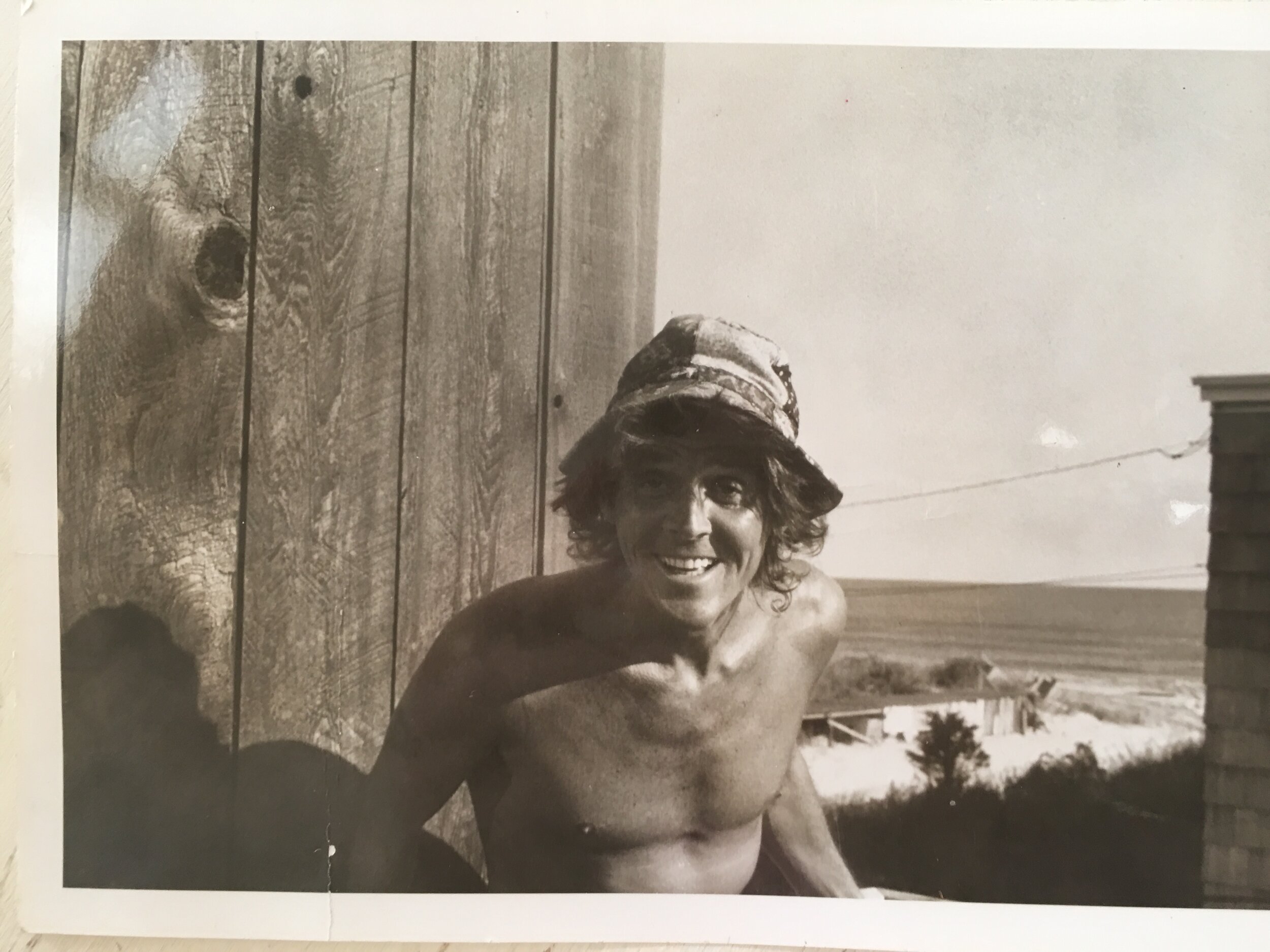
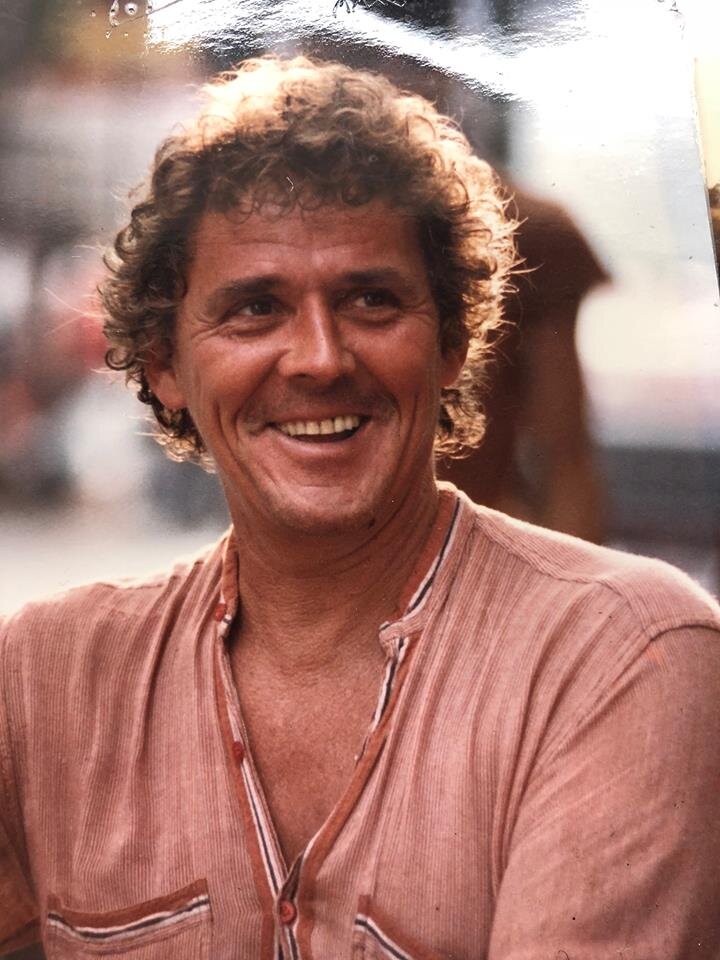
A restless man, Mr. McGregor tired of hair and in the late 1970’s he converted his St. Marks Place shop (at one point, he had 10 shops around the country) into the world’s smallest roller-skating disco. That went fine for two years until a teen-ager broke his arm when he tried vaulting over some friends stretched out on the floor. His mother sued Mr. McGregor for $1 million. He had no insurance, but managed to settle for $12,000. Next, he turned the place into a bar called McGregor’s Garage, but there was too much fighting, so he converted it into Boybar, a gay bar. Gay men, he said, are less quarrelsome than heterosexual men.
Boy Bar
In the 1980s, East Village clubs like The Pyramid and Boy Bar changed the face of drag forever.
Today, when people think of drag, they don’t picture Judy Garland impersonators lip-synching “Over the Rainbow”—they think of RuPaul’s Drag Race and it’s because of clubs like Paul McGregor’s. Gender-bending icons like Sweetie, Lady Bunny, RuPaul, Glamamore, Princess Diandra, Codie Ravioli, Connie Girl, Perfidia, Lulu and Miss Guy all got their start at Boy Bar.
Paul and Matthew Kasten’s collaboration was occasionally bumpy, but at 1am every Thursday night the Boy Bar Beauties would take the stage and the show would go on to a packed house. Afterwards Paul would pull out his flute and command, “Johnny! Play my song!” and I would dutifully put on Danny Krivitt’s classic mix of “Love Is the Message” by M.F.S.B. and Paul would joyously hit the dance floor for a flute solo.
As Lady Bunny remembers,
“We used to howl over that nut with his flute, but he really brought something to the party. Most people today just want to be entertained. Clubbers from Paul’s generation personally contributed to the entertainment.”
In the 1990s Mayor Giuliani tried to shut down nightclubs by enforcing the old New York City cabaret laws that are still in effect now. In other words, it was against the law to dance without a cabaret license—and you could not get a cabaret license without paying a prohibitively high cost.
So Paul devised a scheme that was brilliant in its simplicity and worked for many years. The dance floor and stage were on the first floor of Boy Bar, but to enter the club you had to walk upstairs to the second floor and then come back down. If there was a raid by the police or fire department, the doorman hit a secret switch that alerted me in the DJ booth. This “kill switch” would automatically stop the dance music and switch over to a cassette tape of lounge music. I would kill the disco lights and bring up lounge lighting. In other words, by the time the police got down the stairs, the dancing had totally stopped and the crowd was just milling about under signs that read “No Dancing,” listening to Laura Nyro. It was brilliant.
lady Bunny Larry Tee, Rupaul, Lahoma Vanzandt
No Dancing
Vogue 1967
Having six children the McGregors were a big part of the social scene in the Pines regularly mentioned in the local paper.
Coastguard Walk. This was their forever home...
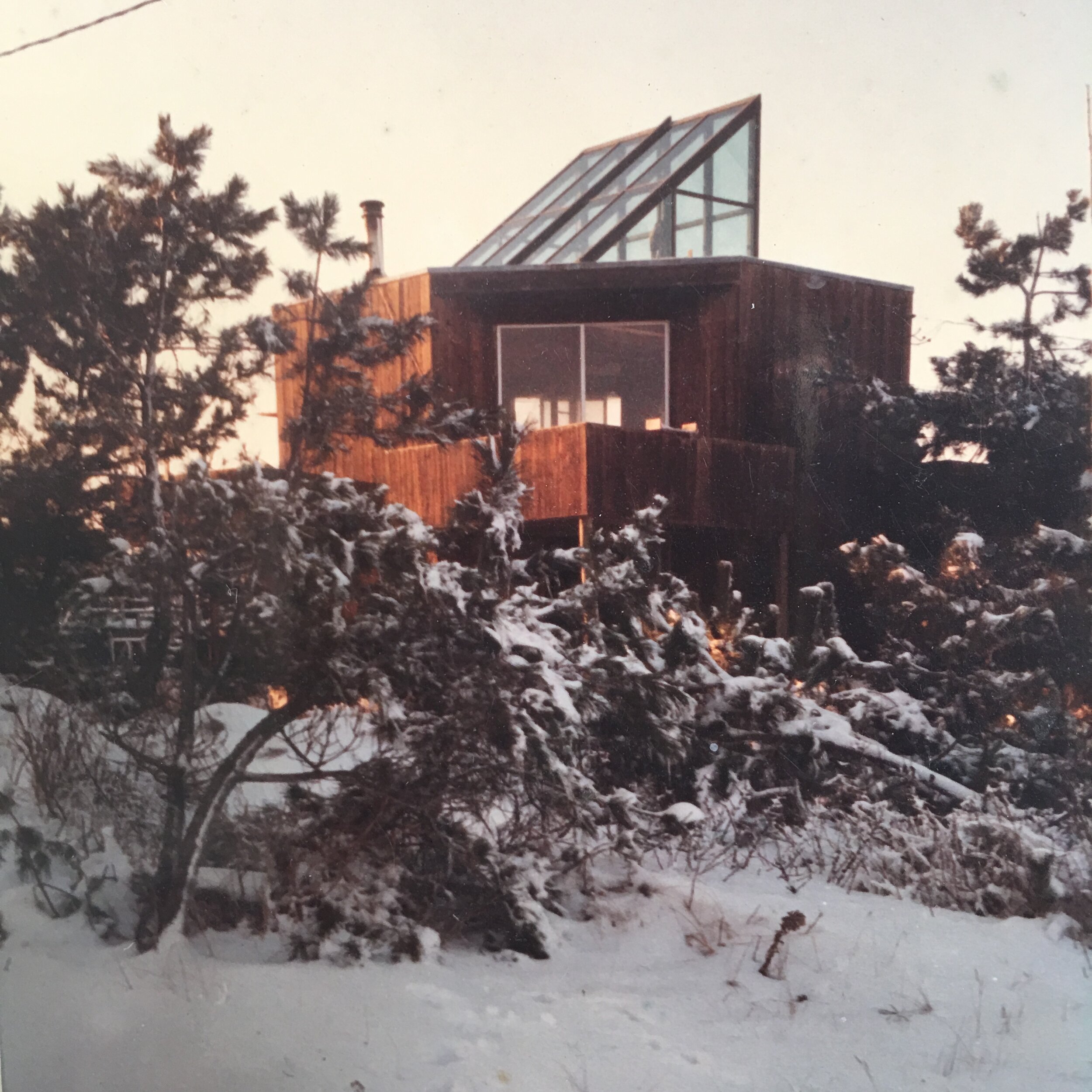
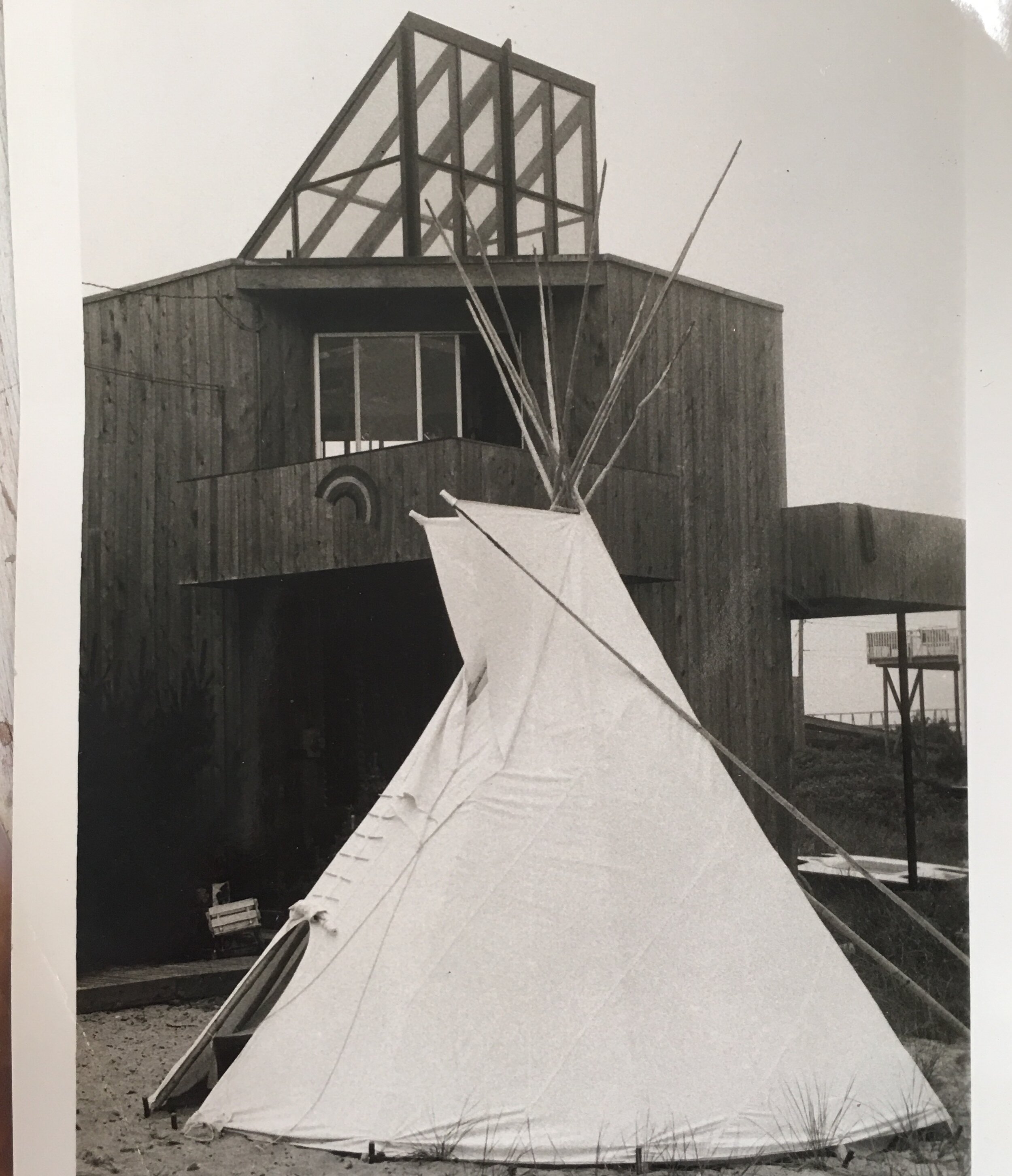


Mr. McGregor took up wood sculpture. He worked on some walking sticks, and trained people in Indonesia to carve them. His thought: walking sticks are going to become very big. He made a lot of money but gave a lot away, including a 40-foot sailboat. Paul found his forever home here. In later years you could find him playing one of his hand carved flutes at tea dance like the pied piper. He passed in 2013 leaving the sound of his flute forever playing on here in the Pines.
His family remains still connected to their home here in the Pines, as it will always be their forever home.
In 2013 his life was celebrated in the Pines.
In 2011
doing research for this page I had the pleasure of meeting Paul. After shaking his hand he said ” I’m an Aries .” I replied “me too.” We connected immediately. The rest is history. We recorded the interview which you can see below… FIPHPS President Bobby Bonanno


